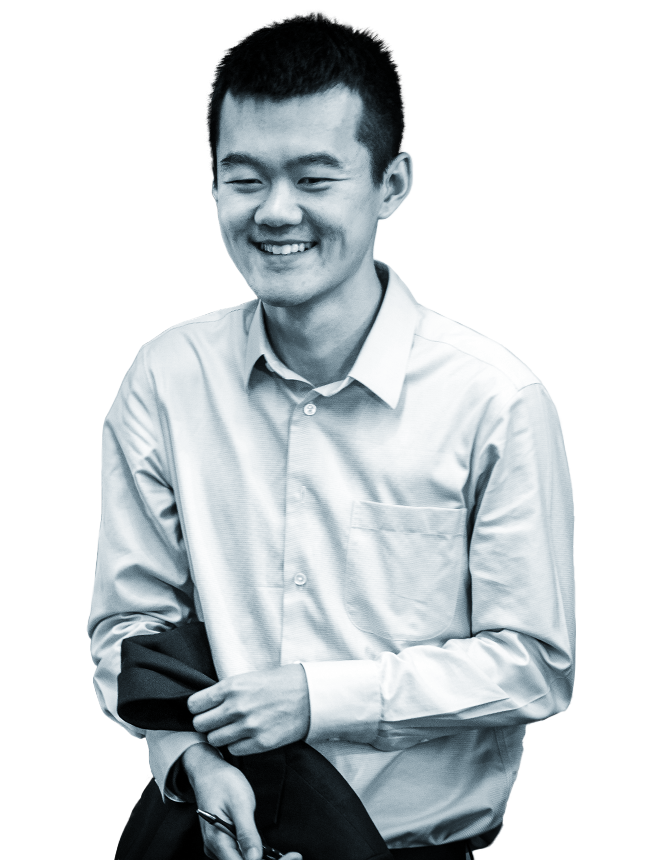Wilhelm Steinitz
Biography (1836–1900)
The first world champion in chess history (1886–1894).Wilhelm Steinitz, a native of Prague, gained recognition in the Vienna Chess Society, becoming champion of the Austrian Empire. He represented Austria at the second London international tournament in 1862, choosing to stay in England afterwards. In those years, his style of play was sharp and aggressive, characterized by bold sacrifices.Steinitz won matches and tournaments, the most important being his victory in the match against A. Andersen (1866), who was considered the strongest player in the world. From that moment, Steinitz claimed the title of the strongest.The first official World Championship was Steinitz's match against I. Zuckertort, which took place in the United States in 1886. By then, Steinitz had developed a new theory of chess and proved it by defending his title in matches against M. Tchigorin (Russia) and I. Gunsberg (England). He eventually lost the title to E. Lasker (Germany), who learned and further developed Steinitz’s chess doctrine.
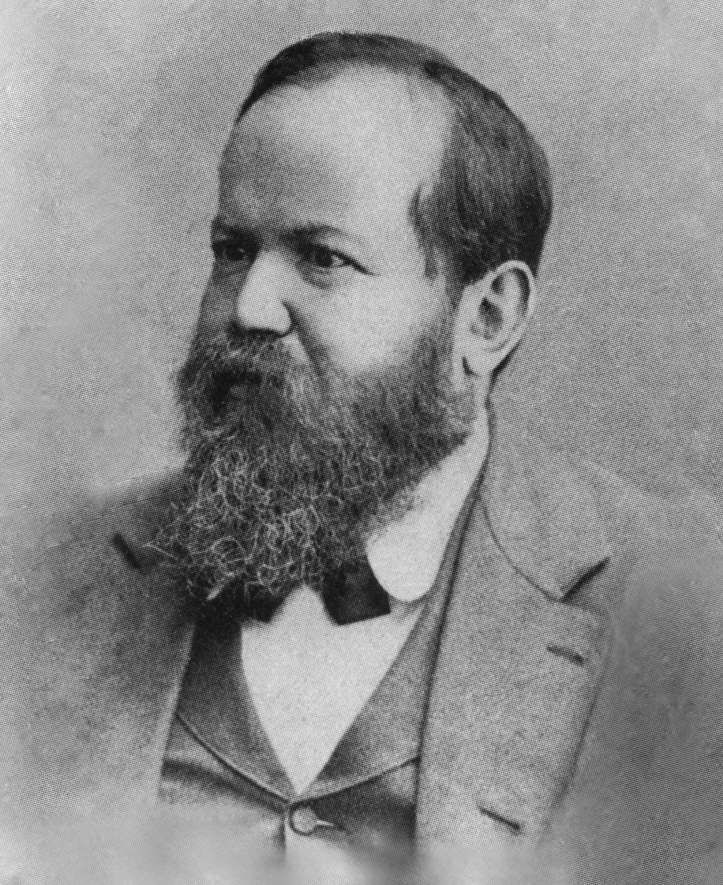
Notable game
This famous game was played in Hastings in 1895
Play like a champion!
Black to move.
Examine this position and decide on your next move. To see the correct answer, click the button below.
Want chess advice?
On Steinitz
Emanuel Lasker
He was a thinker deserving of a place in the halls of a university.
The Book of the Hastings 1895 chess tournament
Mr. Steinitz stands high as a theoretician and as a writer. Possessed of a fine intellect and extremely fond of the game, he is apt to lose sight of all other considerations, people, and business alike. Chess is his very life and soul, the one thing for which he lives.
.png)
Want more?
Read Steinitz book
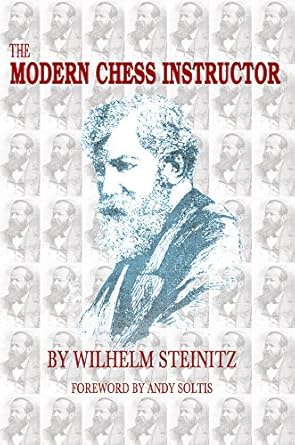
The Modern chess Instructor
1889

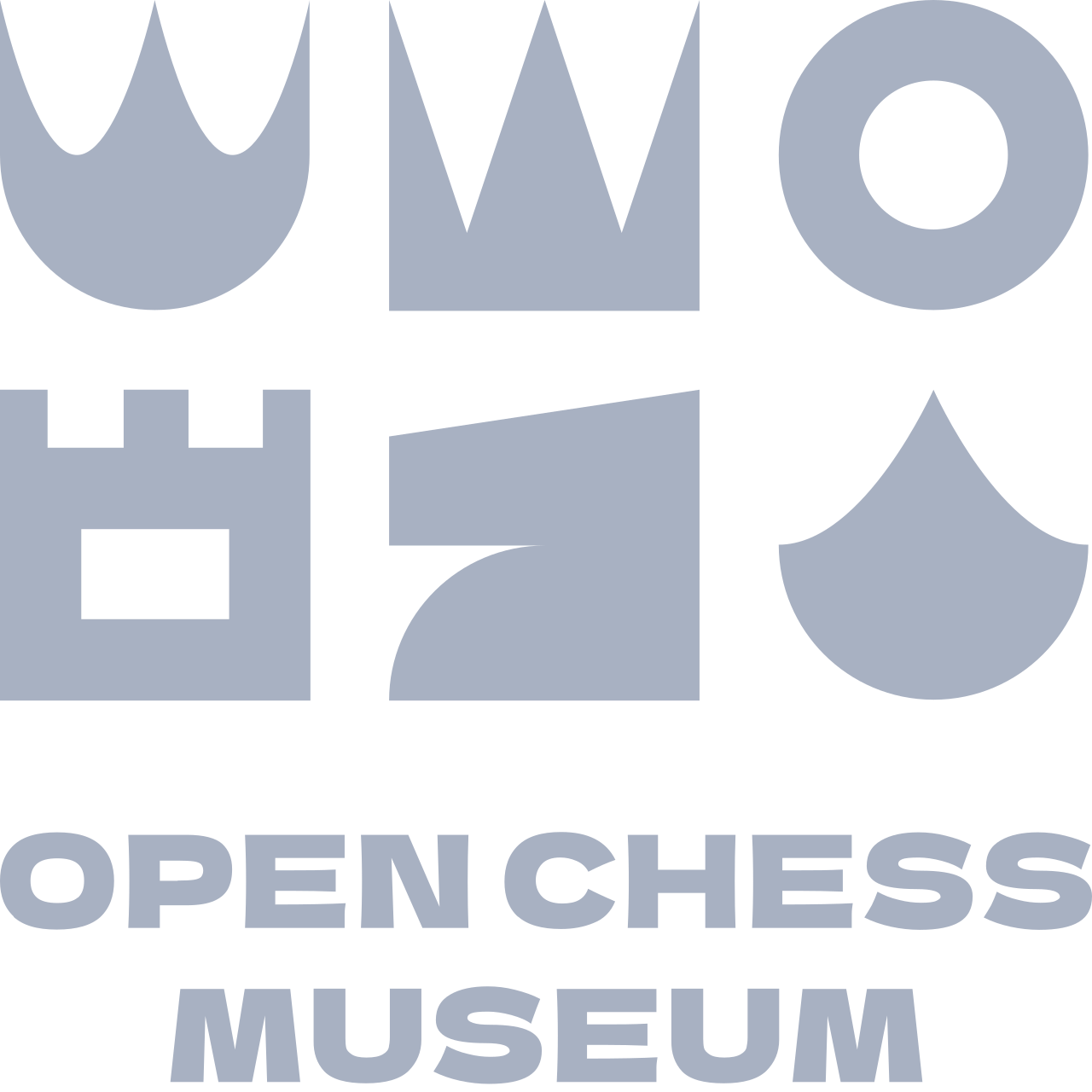

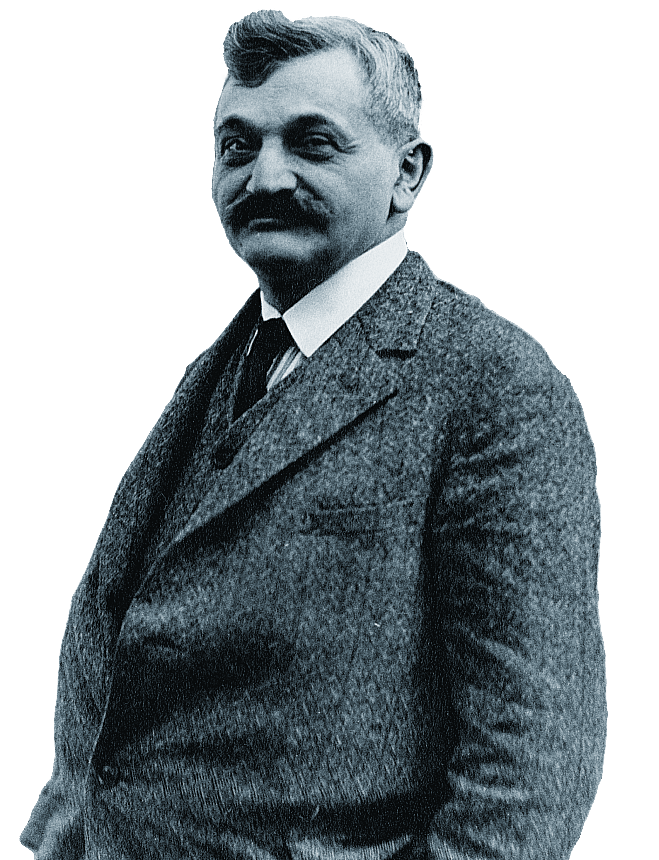
.png)
